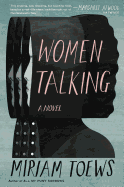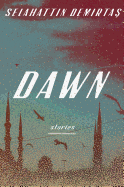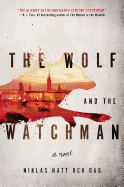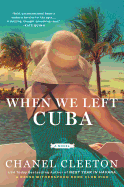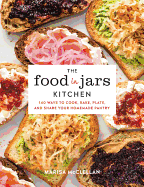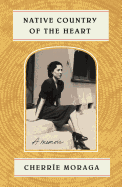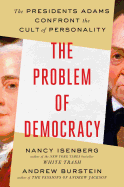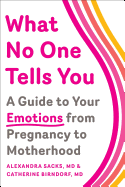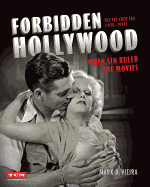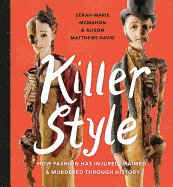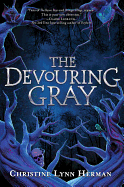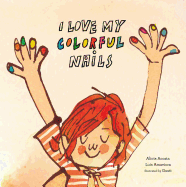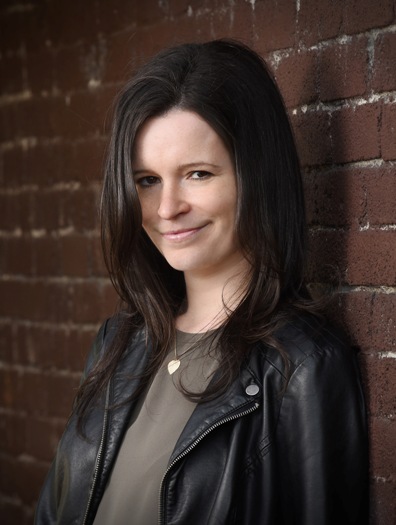 |
Jennifer Croll
(photo: Rebecca Blisset) |
|
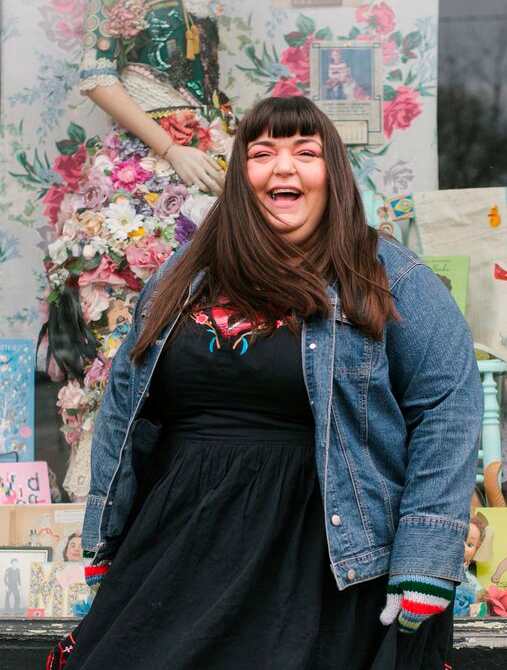 |
Serah-Marie McMahon
(photo: Jessica Laforet) |
|
Children and teens interested in the weirder (maybe even deadly!) aspects of fashion will enjoy two new books: Bad Boys of Fashion (Annick Press) by Jennifer Croll is a "fiercely fabulous survey of men's fashion's rule-breakers and icons, from Louis XIV to Puff Daddy"; while Killer Style (Owlkids, reviewed below) by Serah-Marie McMahon and Dr. Alison Matthews-David "looks back at the times people have suffered pain, injury and worse, all in the name of style." Here, Jennifer Croll, the author of Fashion That Changed the World and Bad Girls of Fashion, and Serah-Marie McMahon, founder of WORN Fashion Journal and editor of The WORN Archive, discuss their shared interests in fashion and writing about it for young readers.
Jennifer Croll: Looking at Killer Style and Bad Boys of Fashion, I can see we share a belief that fashion isn't silly or shallow. It can be powerful and also dangerous. I really like your comment that the "biggest risks taken are by those desperate for a better life," which is sort of what my book is about, too, although the risk-takers in your book fare a little worse than in mine!
Serah-Marie McMahon: In your book, men stepped outside of expected fashion and found success by using unusual clothing to define themselves as individuals. In mine, people fall victim to the ceaseless desire to follow trends, be it by wearing them or having to make them. I think the ultimate message is to be an individual, not to follow trends!
Croll: I think you've nailed it. Have you ever had any first-hand experiences with fashion's more dangerous side?
McMahon: In the late '90s, I was very into those platform shoes made popular by the Spice Girls. I loved them so much but, wow, were they impractical. I had to take them off to drive, so I ended up changing gears in stocking feet a lot. One day I was alone waiting for an elevator and a bouncy song came on--I just couldn't help dancing a little. Turns out this is a bad plan in shoes with 15-inch soles. I toppled over, hit the floor and broke my wrist. So... I have literally been injured by fashion.
Have you ever made a daring fashion choice?
Croll: I love that you had your own moment as a fashion victim. (But I'm so glad you survived!) My entire teenage period could be described as a daring fashion choice. I dressed sort of punk/goth, which at my school was called being a "skid," and I wore all sorts of odd things--knee-high lace-up boots, torn nylons as a short... I bought my jewelry from the pet store. Dressing that way made my fellow students regard me as a weirdo, but that was sort of what I wanted at the time!
McMahon: Did those teen experiences provide a genesis for Bad Boys of Fashion?
Croll: Yes, definitely. At that age I was actively playing with how clothing could shape my identity--a one-woman experiment, if you will. This book thinks through how famous people did the same thing, probably more successfully! How do you hope your book will affect the way its readers think about clothing?
McMahon: On a certain level, it's just about the creepy entertainment factor--kids are much more fascinated with the macabre than a lot of adults like to admit. But I also hope it helps readers understand that their choices for things like fast fashion can cause suffering. That people, who are desperate to make a living, are putting themselves at great risk so you can have a cheap knockoff of whatever you saw on a designer's runway or a pop star last week. Shop used, learn to repair clothing, seek inspiration beyond mainstream fashion magazines.
What do you hope readers will take from Bad Boys?
Croll: I really hope it makes teens feel like they can wear whatever they want and express themselves through clothing if they choose to. I also hope it makes them more aware of how style works as a form of stealth communication and helps them understand how other people are telling a story about who they are using fashion.
McMahon: I love the title of your book, because "bad" can mean so many things, some of which are actually opposites. Bad is used both to describe something amazing and something terrible. How did you decide what constitutes "bad" in your "bad boys?"
Croll: I'm glad that you noticed that double meaning! Your title has the same kind of thing going on: "killer" as in "awesome" and "killer" as in literally going to kill you. The main way I defined being "bad" was by breaking rules. Bad boys just kind of do their own thing, popular opinion be damned. So that can be both bad as "amazing" and bad as "terrible." Kanye West, for example, is both terrible and amazing. I do not agree with the man politically, but I don't think there's any argument that he doesn't push boundaries--and he truly does not care what others think. But Nelson Mandela, a freakin' Nobel Prize-winner with some rad shirts, is also in the book.
McMahon: Did the process of writing Bad Boys of Fashion change how you dress?
Croll: No, but I would say--much like Bad Girls of Fashion--it was affirming for me. I do have my quirks, like all of us do. Writing both of these books made me feel like I never really need to relinquish those identity markers I found through fashion as a teen in order to be adult. Do you think Killer Style changed you in any way?
McMahon: I'm more suspicious of what something is made out of, more curious about who makes it, where and why. And I certainly will never wear a scarf while riding a go-kart ever again. The amount of people who have died that way is astonishing.
Jennifer Croll and Serah-Marie McMahon: Killer Fashion
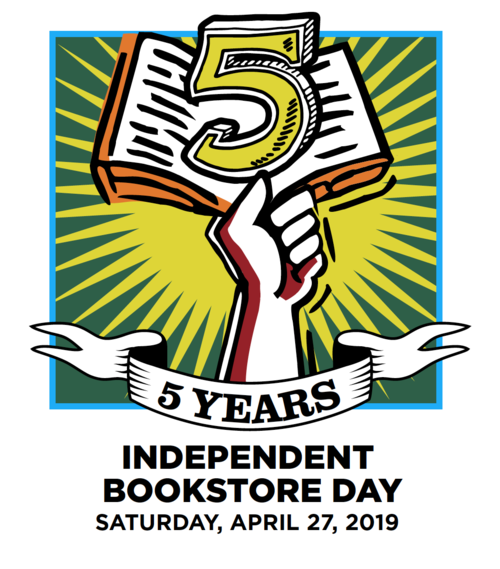 Tomorrow is Independent Bookstore Day, a "national party that takes place at indie bookstores across the country on the last Saturday in April. Every store is unique and independent, and every party is different. But in addition to authors, live music, cupcakes, scavenger hunts, kids events, art tables, readings, barbecues, contests, and other fun stuff, there are exclusive books and literary items that you can only get on that day. Not before. Not after. Not online."
Tomorrow is Independent Bookstore Day, a "national party that takes place at indie bookstores across the country on the last Saturday in April. Every store is unique and independent, and every party is different. But in addition to authors, live music, cupcakes, scavenger hunts, kids events, art tables, readings, barbecues, contests, and other fun stuff, there are exclusive books and literary items that you can only get on that day. Not before. Not after. Not online."




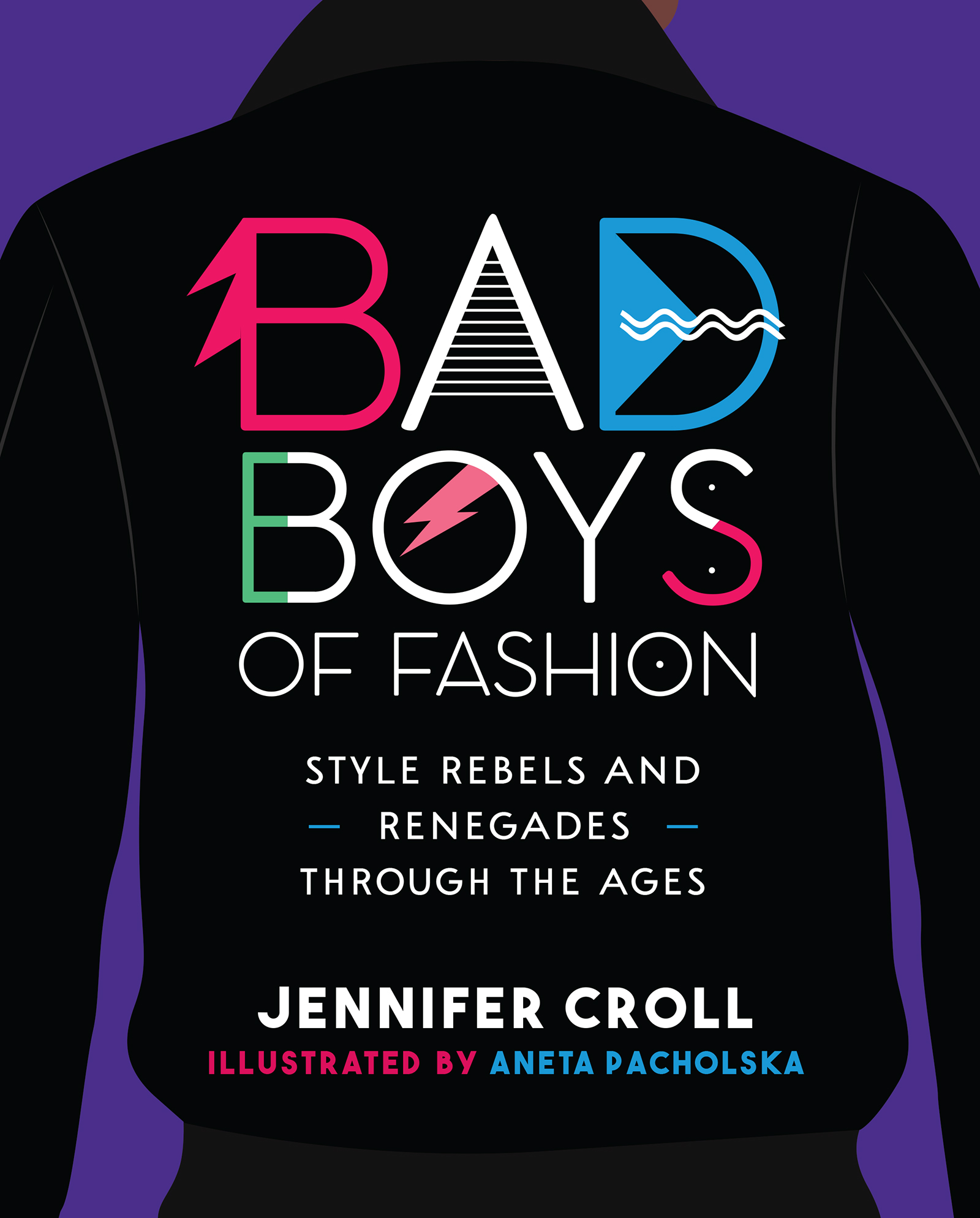
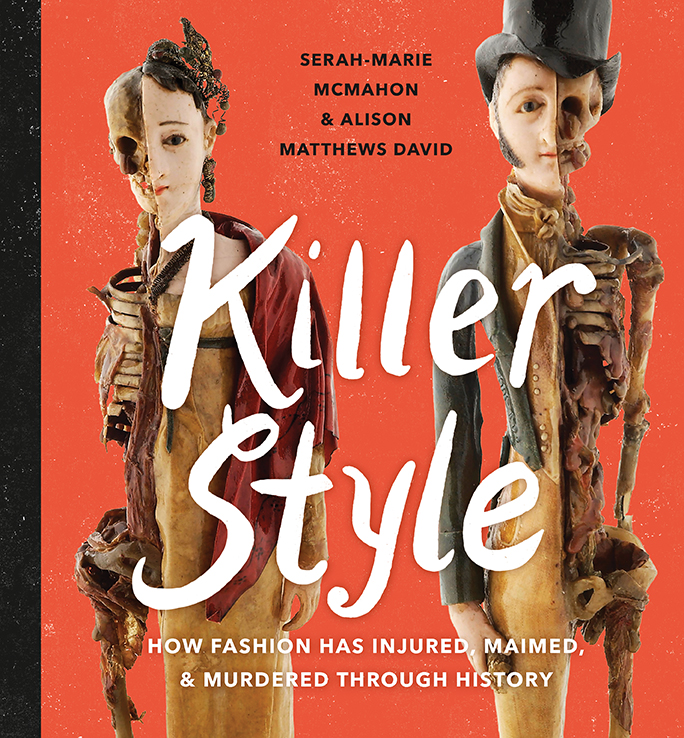
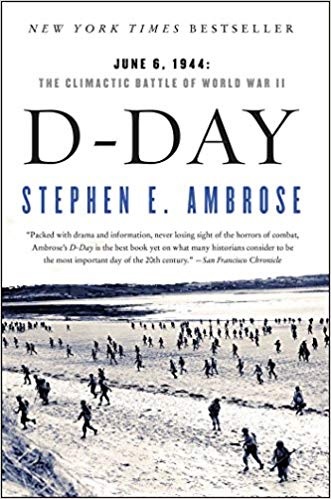 This coming June 6 marks the 75th anniversary of D-Day, when U.S., British and Canadian forces landed in Nazi-occupied France. In the run-up to this milestone, Shelf Awareness will periodically highlight some of the best books about D-Day.
This coming June 6 marks the 75th anniversary of D-Day, when U.S., British and Canadian forces landed in Nazi-occupied France. In the run-up to this milestone, Shelf Awareness will periodically highlight some of the best books about D-Day. 